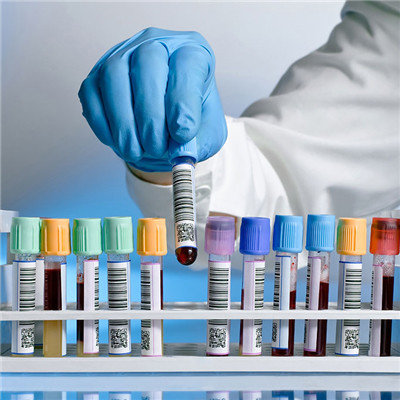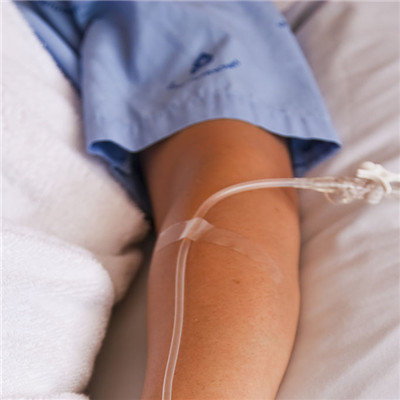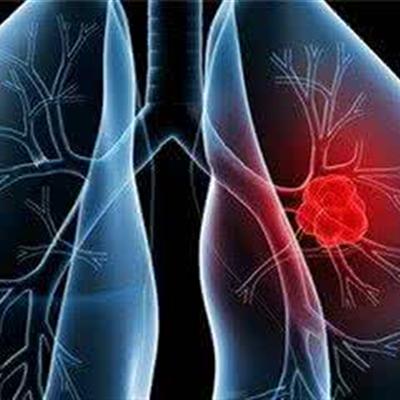Tetanus symptoms?
summary
Tetanus is a kind of specific infection that Clostridium tetanus invades human body through skin or mucosal wound, grows and reproduces in anoxic environment, produces toxin and causes muscle spasm. Tetanus toxin mainly invades the motor neurons in the nervous system. Therefore, the clinical features of this disease are closed teeth, paroxysmal spasm and tonic spasm. The main muscle groups affected include masseter muscle, dorsal spine muscle, abdominal muscle and limb muscle. Tetanus symptoms? Let's talk about it
Tetanus symptoms?
There is a latent period from the infection of Clostridium tetanus to the onset of the disease. The latent period of tetanus is related to the location of the wound, the infection and the immune status of the body. It is usually 7-8 days, which can be as short as 24 hours or as long as several months or years. The shorter the incubation period, the worse the prognosis. About 90% of the patients developed tetanus within 2 weeks after the injury. The incubation period of neonatal tetanus was 5-7 days after the umbilical cord was broken.

The manifestations of motor nervous system de inhibition include myotonia and spasm. Generally, the first muscle group affected is masticatory muscle, followed by facial expression muscle, neck, back, abdomen and limbs muscle, and finally diaphragm muscle. The signs of myotonia are difficult to open mouth and close teeth, the abdominal muscles are as firm as plates, the neck is stiff and the head is tilted back. When the back and abdominal muscles contract at the same time, the trunk is twisted into a bow because of the strength of the back muscles, thus forming "diagonal arch reflexes" or "lateral arch reflexes".

Paroxysmal muscle spasm occurs on the basis of myotonia and persists during the spasmodic interval. The corresponding signs were frowning, mouth angle shrinking and grinning (hemifacial spasm); Laryngeal obstruction, dysphagia, cough (pharyngeal muscle spasm); Dyspnea, cyanosis, respiratory arrest (respiratory muscle and diaphragm spasm); Urinary retention (sphincter spasm *). Strong muscle spasm, can make muscle rupture, even fracture. The main causes of death were asphyxia, heart failure or pulmonary complications.

matters needing attention
All necrotic tissues and foreign bodies in the wound should be removed. After antitoxin treatment, the wound should be treated under good anesthesia and controlled spasm. The wound should be thoroughly debridement and fully drained. The local area can be rinsed with 3% hydrogen peroxide solution. After debridement, the wound does not need to be sutured and bandaged. Some wounds seem to have healed, and should be carefully examined for sinus or dead space under the scab.















